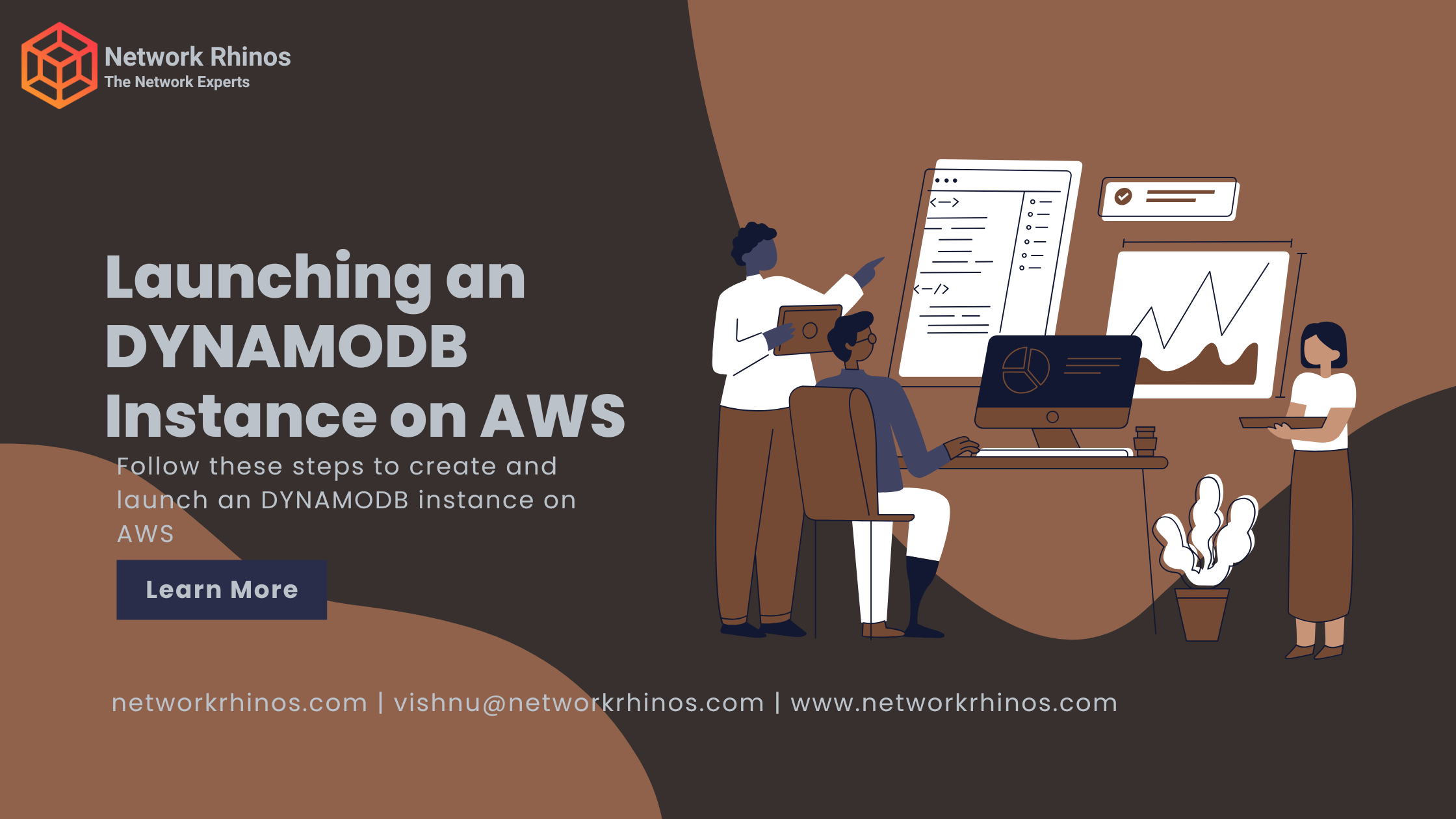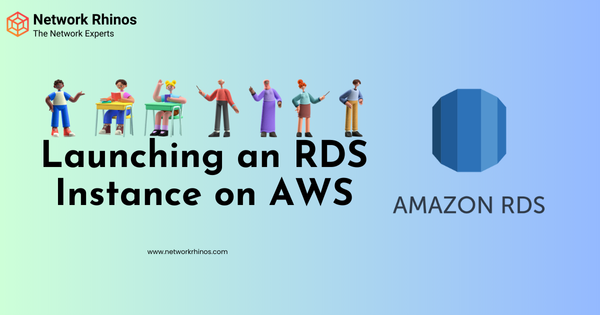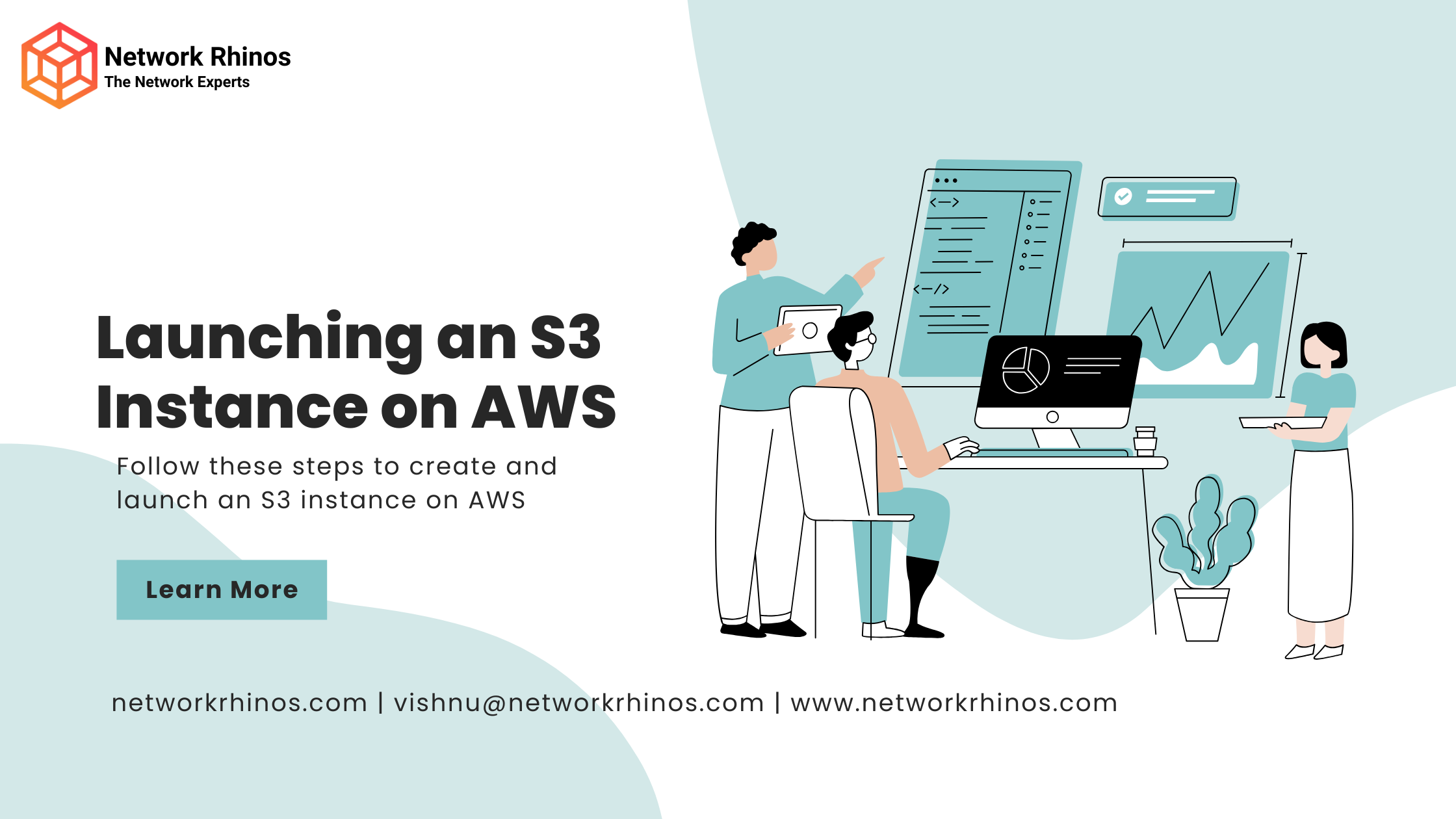🚀 Launching an LAMBDA Instance on AWS 🖥️
Follow these steps to create and launch an LAMBDA instance on AWS:
🌍 Step 1: Log in & Open AWS Lambda
🔹 Go to AWS Console and sign in.
🔹 In the Search Bar, type Lambda and click on it.
💡 Step 2: Create a New Lambda Function
🔹 Click Create function (top right).
🔹 Choose Author from scratch ✨.
📝 Step 3: Configure Function Details
🔹 Function Name → Enter a name (e.g., MyFirstLambda).
🔹 Runtime → Choose a language:
- ✅ Python 3.x 🐍 (Easy for scripting & automation)
- ✅ Node.js 🟢 (Great for event-driven apps)
- ✅ Java ☕ (For enterprise apps)
- ✅ Go, C# .NET, Ruby (For specific use cases)
🔹 Execution Role → Select “Create a new role with basic permissions”.
✅ This allows Lambda to access CloudWatch logs.
⚡ Step 4: Write or Upload Your Code
🔹 Scroll down to Code source.
🔹 You can:
- 🖊️ Write code directly in the editor.
- 📂 Upload a .zip file (for larger projects).
- 🔄 Use an S3 bucket to store your code.
🔹 Example Python code:
def lambda_handler(event, context):
return {
‘statusCode’: 200,
‘body’: ‘Hello from AWS Lambda! 🚀’
}
✅ Tip: Click Deploy after editing your code!
🎯 Step 5: Set Up a Trigger (Optional but Useful!)
💡 Want your Lambda to run automatically? Add a trigger!
🔹 Click Add trigger and choose:
- ✅ S3 (Run when a file is uploaded to an S3 bucket)
- ✅ API Gateway (Expose Lambda as a REST API 🌐)
- ✅ CloudWatch (Schedule execution like a cron job ⏳)
- ✅ SNS (Trigger via notifications 📩)
🚀 Step 6: Test Your Lambda Function
🔹 Click Test → Create a new test event.
🔹 Enter sample JSON input:
{
“message”: “Hello Lambda!”
}
🔹 Click Test → You should see “Hello from AWS Lambda! 🚀” 🎉
🔗 Step 7: Deploy & Monitor Logs
🔹 Click Deploy to save changes.
🔹 Go to Monitor → Check CloudWatch Logs for debugging.





